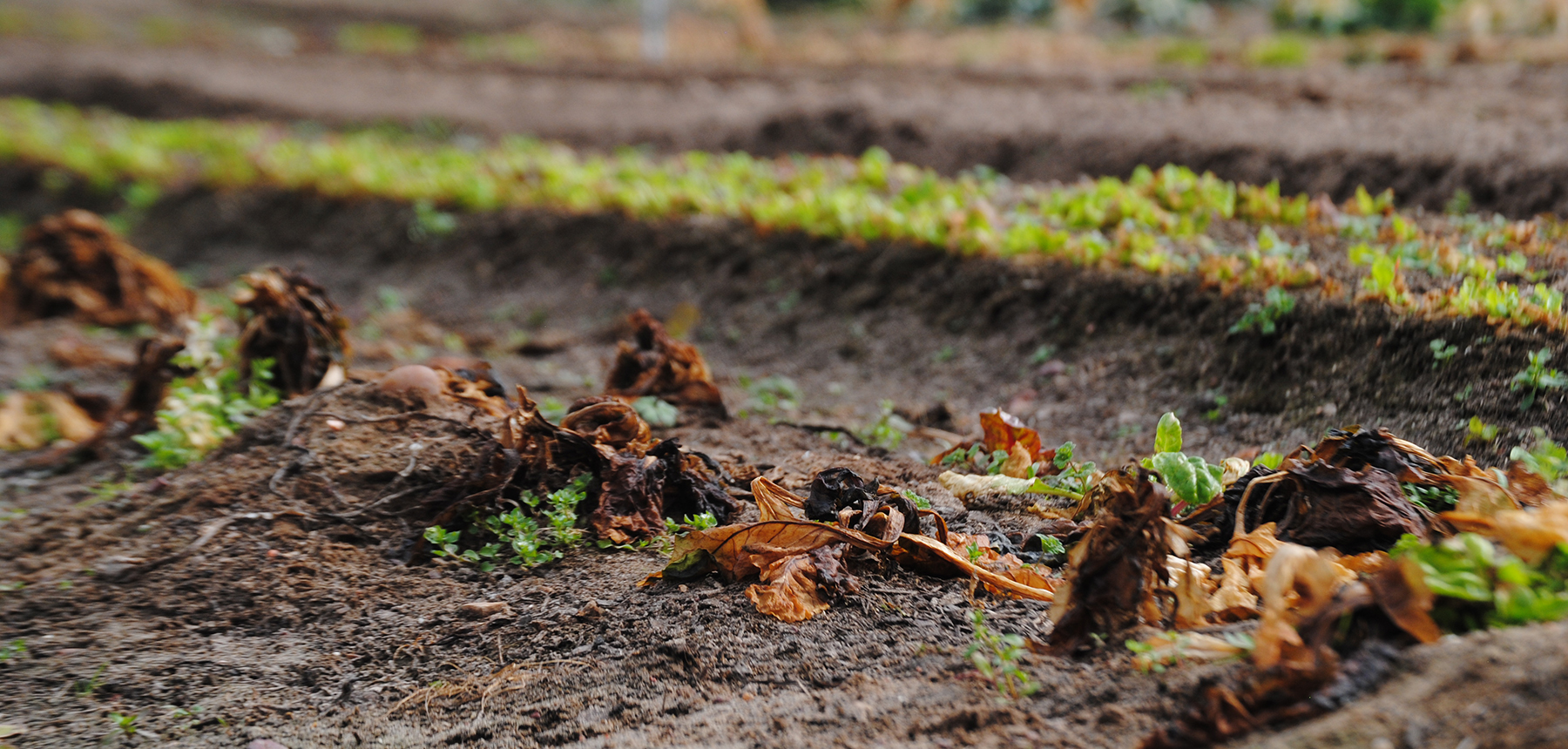
Reflections on an Historic Storm
From the Farm
A Shock to the System
In February of 2021, Texas was hit with a devastating winter storm that took many lives and left thousands without power and water. As with most agricultural enterprises across the state, the storm’s impact on our farm was crushing. Here are Farmer Kenny’s reflections on the storm and working to get back to normal.
In all my time in Texas, I’ve never experienced a winter storm like this one. The preparations we did weren’t nearly enough, but honestly I don’t know what else we could have done to limit the damage from a storm like that. Most people remember Monday [February 15] because of how cold it got that day, but they forget that it actually got down to freezing the Thursday before, and it lasted nearly a week.

The Long Freeze
In the winter at Millican Reserve we try to grow crops that are frost and freeze tolerant. Still, if a freeze lasts over 12 hours I get concerned. In February we ended up with about five straight days of very cold freezing temperatures. I was actually hoping it would snow. Sometimes you can get a good layer of insulating snow that holds in the warmth of the ground. In the end, we did get some snow, fortunately, which I think was the reason our few crops that survived were able to make it.
Looking back now, I would say that in three out of the last four years we’ve had some pretty extreme winter weather. Just like people around here who wear coats when it is 60 degrees outside, our crops are not accustomed to cold fluctuations. Plants become adapted to the weather as they grow. So, when we have warm weather leading up to a huge dip in temperatures like we had, it’s much more detrimental than having consistently cold weather. Temperature fluctuations like we’ve seen over the past several years — and definitely like we saw in February — are tough on plants. Often they don’t make it.
The Aftermath

I wasn’t able to come back out to the farm until after the storm. When I made it back, almost everything was dead. The storm had left us with row upon row of “mush.” The reason dead plants turn into this kind of mush is that the cells inside the plant freeze and then break down. There were a few plants in the field that didn’t look completely dead that we decided to give a week to see if they would survive. We were pleasantly surprised to see that our onions, as well as our mustard greens, carrots, some of our Japanese turnips, and our lettuce mix were able to make it through.

Because of the storm, I’ve now started building up our inventory of hoops so that we can cover our crops and hopefully have more success through future winter storms. Building and installing these hoops comes at a cost of time and materials, but we’ll slowly grow our use of them over time. My goal right now is to build up to at least cover 25% of the fields for next winter. The hoops are also multi-use: they help protect against other crop predators like deer and bugs!
What’s Next?

This winter storm was devastating to our fields and crop production, but I like to think that there are some positives that came out of it. One of the positives is that we’ll be more prepared with our hoop system next year. Another is that this serves as a “reset” and we can get back into a full-field rotation with our new plantings… our spring and winter crops had gotten a bit jumbled, and that can be taxing on the soil. Now we can let some areas rest with a cover crop and build up the soil quality.
Our CSA shares had to slow down following the storm, but now we’re back on track with a big variety of spring veggies like tomatoes, cucumbers, summer squashes, patty pans, and green beans! We also still have a few of more of our cool weather crops that we’ve replanted: radishes, lettuces, and turnips. Summer produce isn’t far behind: peppers, eggplants, okra. We’ll have a huge field of winter squashes: butternut squash, spaghetti squash, and delicatas. And of course other favorites like watermelons and cantaloupes!
Farming can be tough when you get a weather event like we had in February. It’s not easy to see all your hard work wiped out like that. But it’s also rewarding when you see how quickly the fields recover and start to produce again. I’m grateful for our loyal CSA subscribers who keep us going. And mostly right now I’m just glad spring is finally here!
See you on the farm.
Kenny


